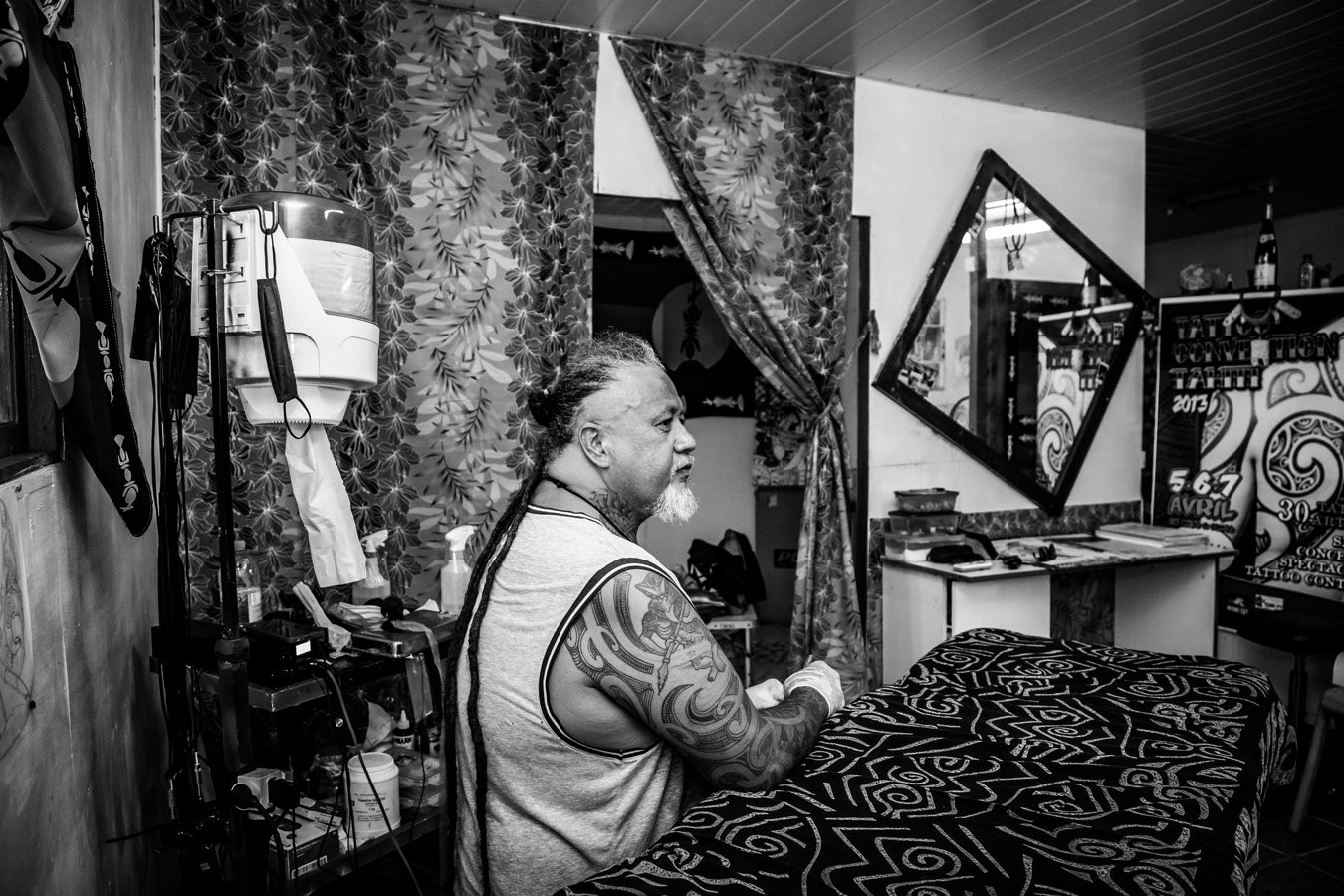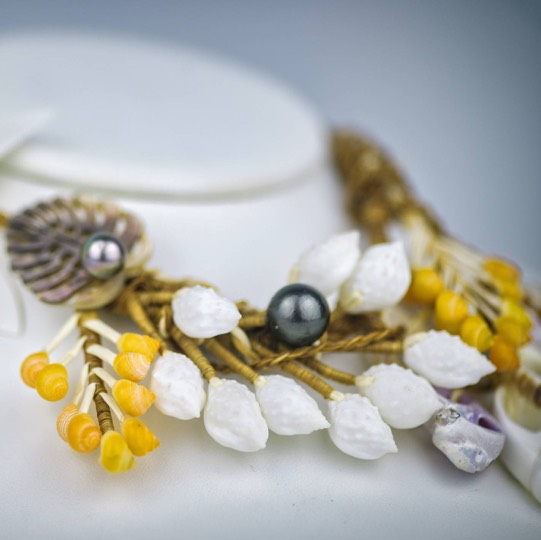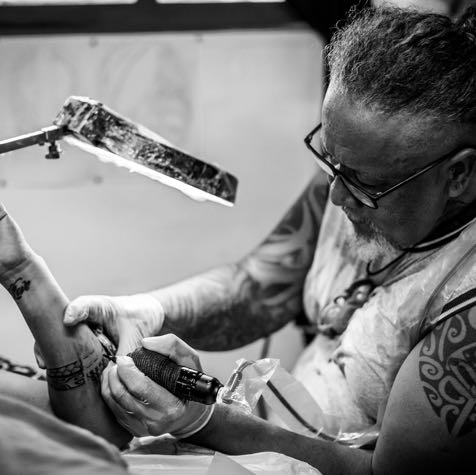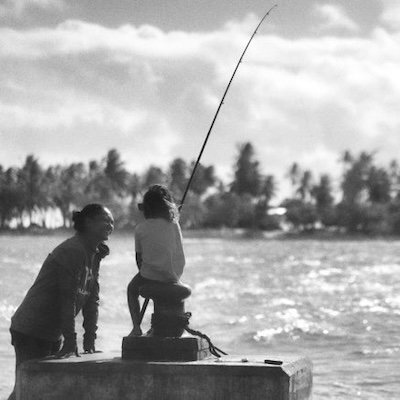written by Marie Lecrosnier—Wittkowsky for the 2024 edition

Tattooing in Rangiroa - in the Tuamotu, Gambier and Australes archipelagos.


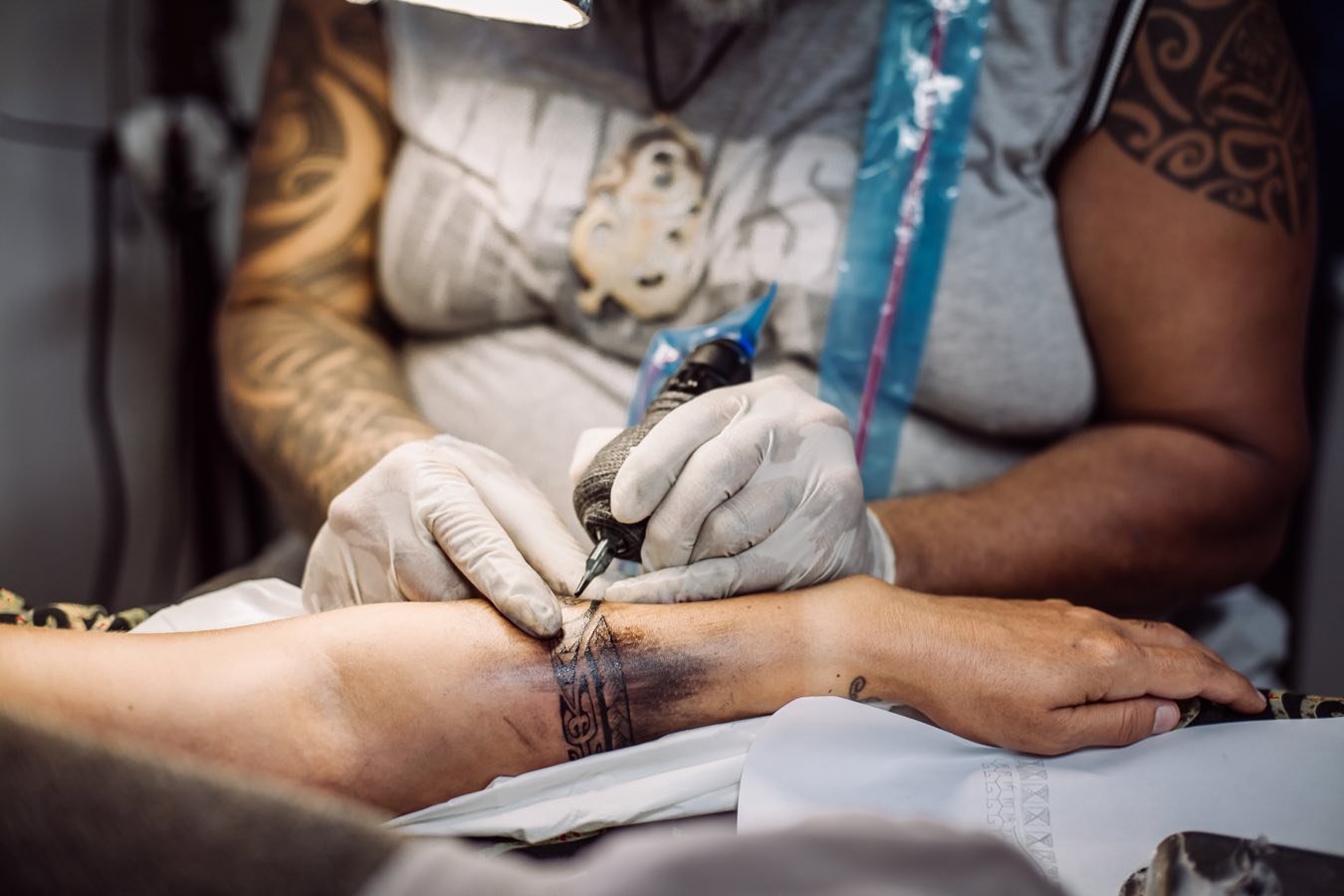
The practice of tattooing is widespread in Polynesia, as it has been inherited from ancestors and is part of the local culture. Originally practiced using bamboo and bone, tatau (tattoo) took on different meanings: aesthetic ornament, indication of social status, link with ancestors, qualities of the man or woman who wears it. Tattoos are deeply symbolic.
Often confined to Marquesan patterns, Polynesian tattooing has flourished in all the Polynesian archipelagos! Patutiki practices vary from one area to another, and are all part of Polynesia's cultural richness. In Tuamotu, Gambier and Australes, tattooing is widespread and offers similar motifs, meanings and uses, but also differences.

In these three archipelagos, tattooing practices have crossed the seas! The Tuamotu, Gambier and Austral islands all used the same figures to represent the warrior prowess of their people: geometric figures, triangles and checkerboards symbolize the valour of the men. The islands differ from one another in the way these symbols are arranged. There are also differences in tattooing practices, patterns and finesse of execution.
In the Tuamotu, tattooing was mainly practiced in the western atolls, and few Paumotu were fully tattooed – even on the face. Atoll-specific patterns include sharks' teeth, checkerboards and tapa motifs: these are warrior symbols. Women, on the other hand, have finer tattoos, with simple lines on their arms and legs and geometric designs on their hands. Rangiroa used to stand out for its men entirely tattooed with flame and shark tooth motifs.
In the Gambier Islands, tattoos were mandatory for men. The archipelago was remarkable for the finesse of its tattoos: this is where aesthetic and symbolic research into tattooing has been most advanced. Mangareva is a relevant case: the men wore a unique motif that evolves over the course of their lives. Adolescents would have a circle tattooed on their shoulders and back, and over the years this circle would gradually be blackened to reveal a white cross at its center. This motif and practice are unique to this atoll.
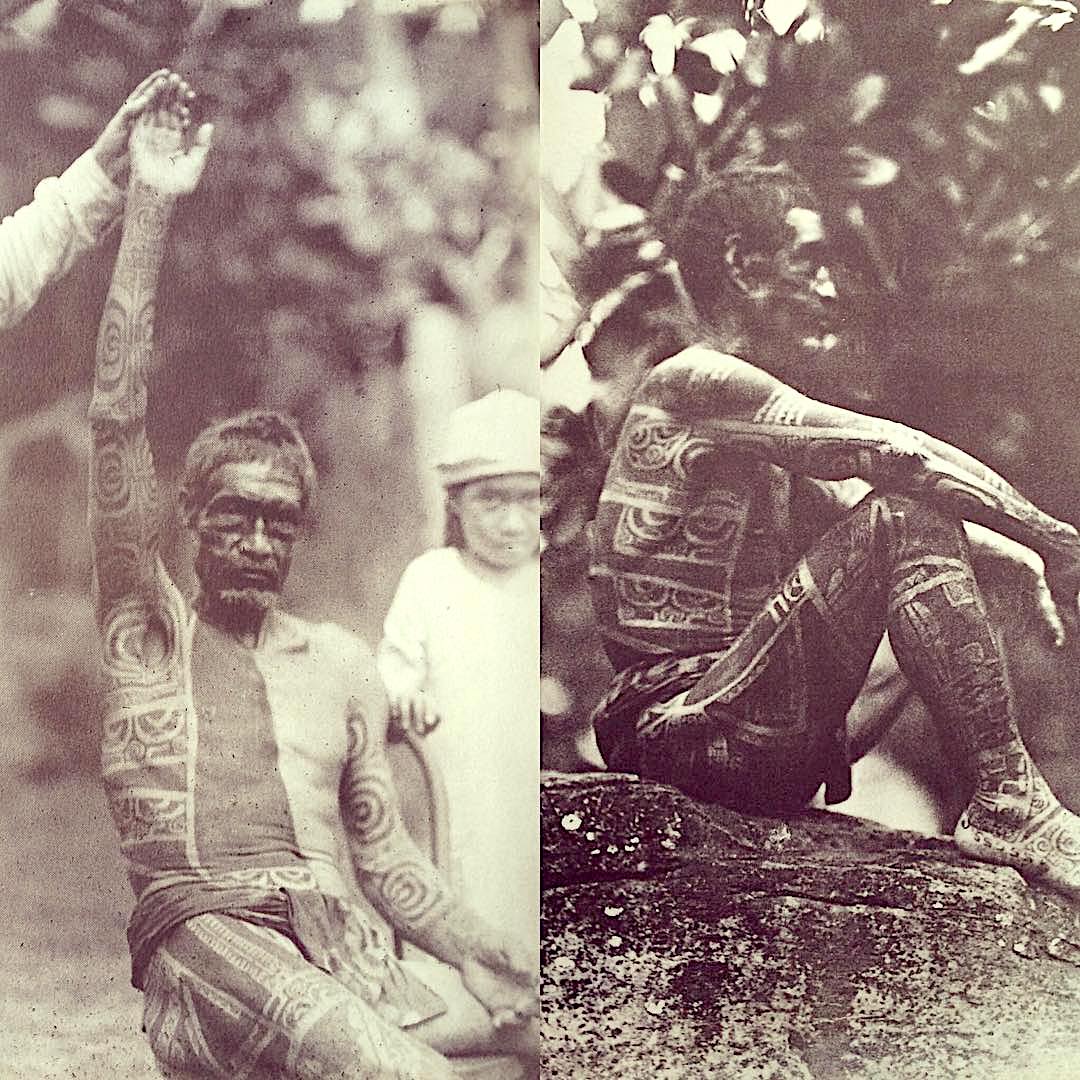
Finally, in the Austral Islands, tattooing is less widespread. The designs borrow from tapa, with its wide horizontal bands and embellishments. Men are also tattooed with wide, parallel black stripes on their shoulders, flanks and arms. This is a particularity of this archipelago: for example, the inhabitants of Rurutu were not tattooed on their backs, but on their torsos and arms.
As Tahiti and the Society Islands have been heavily occupied by missionaries in the 19th century, tattooing was jeopardized by the imposition of an exogenous culture. Gambier, Tuamotu and Australes were also affected by the loss of ancestral knowledge, particularly in the field of tattooing. Today, the tattoo machine has replaced bamboo and bone; Paumotu patterns are no longer tattooed, and have been replaced by marine animals. Those are loaded with symbolism, allowing the tattoo to retain its original spiritual value. A tattooist in Rangiroa (Jems), for example, explains that sharks and dolphins are protectors of the family, while rays and turtles symbolize the beauty of the Tuamotus. Getting a tattoo of these animals means placing yourself under their protection or anchoring a sublime place within yourself.
While Polynesian tattooing practices and patters have evolved over the centuries, today, Paumotu and Polynesians have reconnected to tattooing, and this infatuation with ancestral culture enables the affirmation of a strong and complex identity, made up of the heritage of the ancients and modernity.
